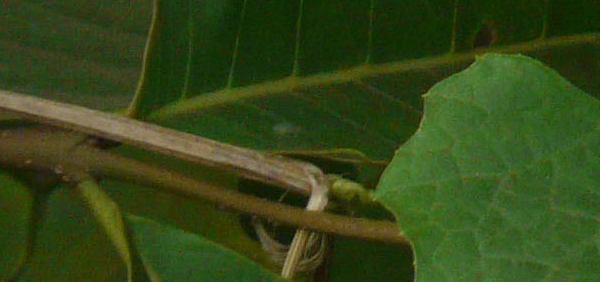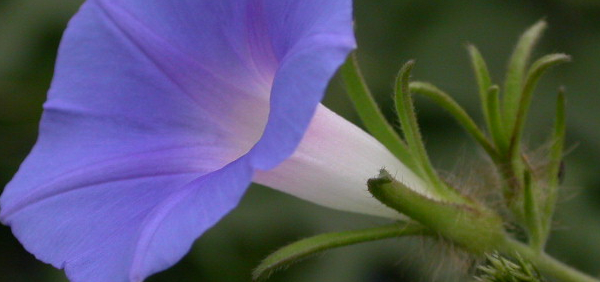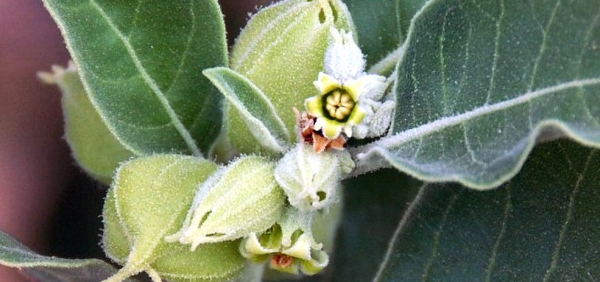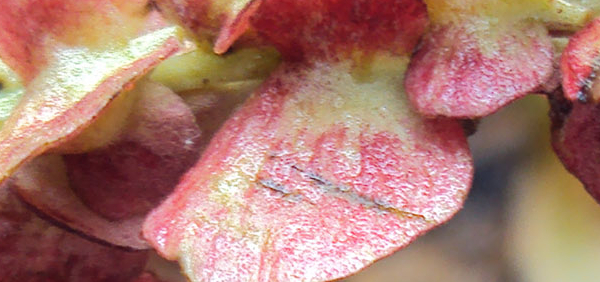canda :
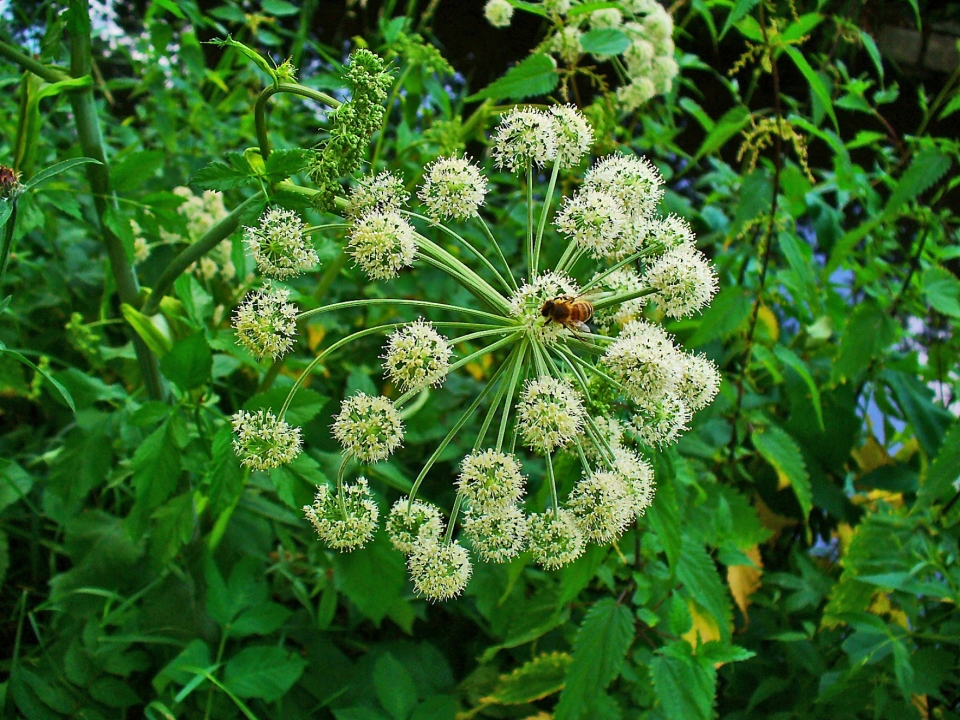
Morphology:
Tap root thick, twisted, fleshy, highly aromatic with numerous rootlets, grayish in color; odor, musk-like; taste, sweet.Histology:
Microscopic T.S. shows the periderm composed of five to nine layers of cork, followed by a layer of phellogen, and a few layers of phelloderm of rectangular cork cells; a cortex composed of thin-walled parenchymatous cells, irregular in shape with intercellular spaces, containing abundant starch grains; numerous oleo-resin cells filled with oil globules are present, which, in mature roots may degenerate and form irregular cavities. The vascular region and cortex are traversed by biseriate medullary rays, containing circular starch grains, usually measuring up to 24 ΅, but some up to 65 ΅ in length and 45 ΅ in breadth. The phloem is a wide zone composed of sieve tubes, companion cells, phloem parenchyma, and medullary rays. Schizogenous oleo-resin cells lined by epithelium containing yellowish brown substances are present in this zone. The cambium is very distinct, consisting of four to eight layers. The xylem consists of vessels and tracheids. Powder - Creamish yellow; shows under a microscope, drum-shaped vessels with reticulate thickenings, tracheids elongated with pointed ends having reticulate thickenings; fibers narrow and elongated with pointed ends; circular starch grains present.
Powder: Creamish yellow; shows under a microscope, drum-shaped vessels with reticulate thickenings, tracheids elongated with pointed ends, having reticulate thickenings; elongated narrow fibers with pointed ends; and circular starch grains present.
- » Classification and names of canda
- » Synonyms and definitions of canda
- » Drug Properties of canda
- » Chemical Constituents of canda
- » Standardization of canda
- » Parts used and Dosage of canda
- » Morphology and Histology of canda
- » Distribution and Conservation of canda
- » Cultivation of canda
- » canda in the market
- » Medicinal Uses of canda
- » Researches and clinical trails of canda
- » canda in other sytems of medicine
- » Ayurvedic formulations with canda
- » Images of canda



